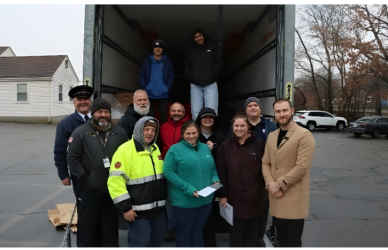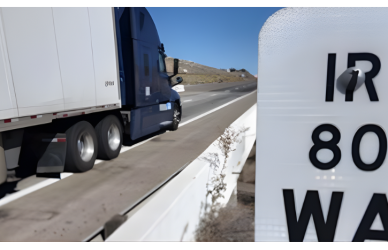While a Commercial Driver’s License (CDL) is required for operating commercial trucks, not all professional drivers undergo the certification and training necessary to transport hazardous materials (hazmat). Hazmat haulers must meet additional safety requirements and standards to ensure safe transportation. However, hazmat certification is not always mandatory, and any driver may be called upon to transport hazardous materials at some point. This is where the Emergency Response Guidebook (ERG) becomes crucial. Provided during driver orientation with a motor carrier, the ERG, distinguished by its bright orange cover, contains essential emergency response information. It is imperative for drivers to ensure that this guidebook is readily accessible.
The Emergency Response Guidebook (ERG) is particularly vital in situations where hazardous materials are transported. Federal regulations mandate that shipping paperwork must include emergency information, and it is the shipper’s responsibility to ensure compliance. In the event of an emergency requiring intervention from law enforcement or fire department personnel—such as an accident, fire, or hazmat leak—responders rely on the information contained in the ERG to effectively address the situation. It is the driver’s responsibility to ensure that the ERG is provided to emergency responders promptly.
Placarding hazmat loads significantly increases the likelihood of being selected for a Department of Transportation (DOT) inspection. While it is the shipper’s responsibility to provide specific paperwork for the material being transported, any discrepancies discovered during a roadside inspection could lead to citations for the driver. In cases where emergency response information is not included by the shipper, the ERG serves as a vital resource, potentially preventing citations and fines for the driver.
For drivers who prioritize safety and seek to understand their cargo thoroughly, familiarity with the ERG is paramount. Unlike the pocket-sized copy of the Federal Motor Carrier Safety Regulations (FMCSRs) often distributed by carriers, the ERG serves as a safeguard in case emergency response information is omitted from the bill of lading. It is essential to keep the ERG easily accessible, as it provides invaluable information that can aid in making informed decisions during emergencies.
When hauling placarded loads, drivers are required to leave load paperwork, including the ERG, on the driver’s seat or in a designated area when they are away from the vehicle. This ensures that emergency responders have access to critical information, including the correct name and description of the hazardous material, immediate health hazards, first aid procedures, evacuation guidance, and other essential details. While electronic versions of emergency response information exist, they are not permissible for inclusion with load paperwork, as the information must be printed.
Although the primary audience for the ERG is first responders, drivers can enhance their response to emergencies by familiarizing themselves with the substances they are transporting. This knowledge allows drivers to make informed decisions regarding their response to accidents, fires, or other threats. Some drivers even bookmark the relevant sections in the ERG to expedite emergency response efforts. Ultimately, the ERG contains valuable information that can potentially save lives and prevent accidents, making it an essential resource for every driver.
Source: The Trucker











